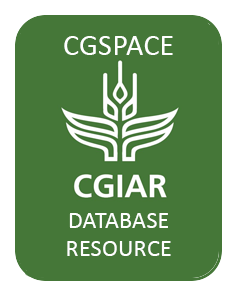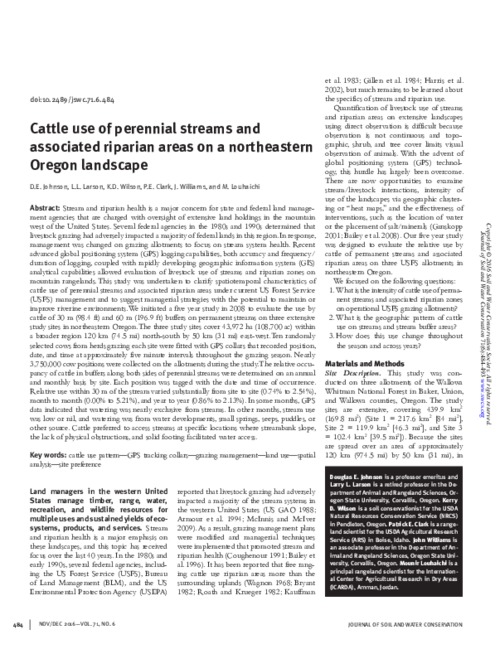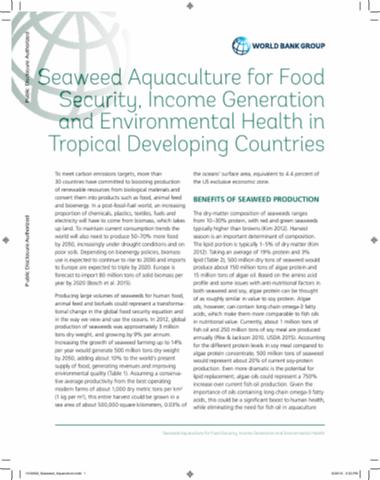A field characterization of the grassland vegetation structure, represented by the coverage of grass canopy (CGC) and the grass height, was carried out during three years (2009–2011) in a priority area for the conservation of grasslands of North America. Landsat Thematic Mapper (TM5) images were…
CONTEXT: Weather surveillance radars (WSR) have been used to locate roost sites used by Purple Martins (Progne subis) for decades. Improvements in radar data processing and accessibility now make it possible to monitor roosts over a broad spatial scale. OBJECTIVES: We sought to locate all of the…
Understanding how landscape, host, and pathogen traits contribute to disease exposure requires systematic evaluations of pathogens within and among host species and geographic regions. The relative importance of these attributes is critical for management of wildlife and mitigating domestic…
Regional analysis of large wildfire potential given climate change scenarios is crucial to understanding areas most at risk in the future, yet wildfire models are not often developed and tested at this spatial scale. We fit three historical climate suitability models for large wildfires (i.e. ≥…
The most important land and water issues facing North America and the world â including landâuse patterns, water management, biodiversity protection, and climate adaptation â require innovative governance arrangements. Most of these issues need to be addressed at several scales…
Stream and riparian health is a major concern for state and federal land management agencies that are charged with oversight of extensive land holdings in the mountain west of the United States. Several federal agencies in the 1980s and 1990s determined that livestock grazing had adversely…
To meet carbon emissions targets, more than 30 countries have committed to boosting production of renewable resources from biological materials andconvert them into products such as food, animal feedand bioenergy. In a post-fossil-fuel world, an increasingproportion of chemicals, plastics,…
To meet carbon emissions targets, more than 30 countries have committed to boosting production of renewable resources from biological materials andconvert them into products such as food, animal feedand bioenergy. In a post-fossil-fuel world, an increasingproportion of chemicals, plastics,…





